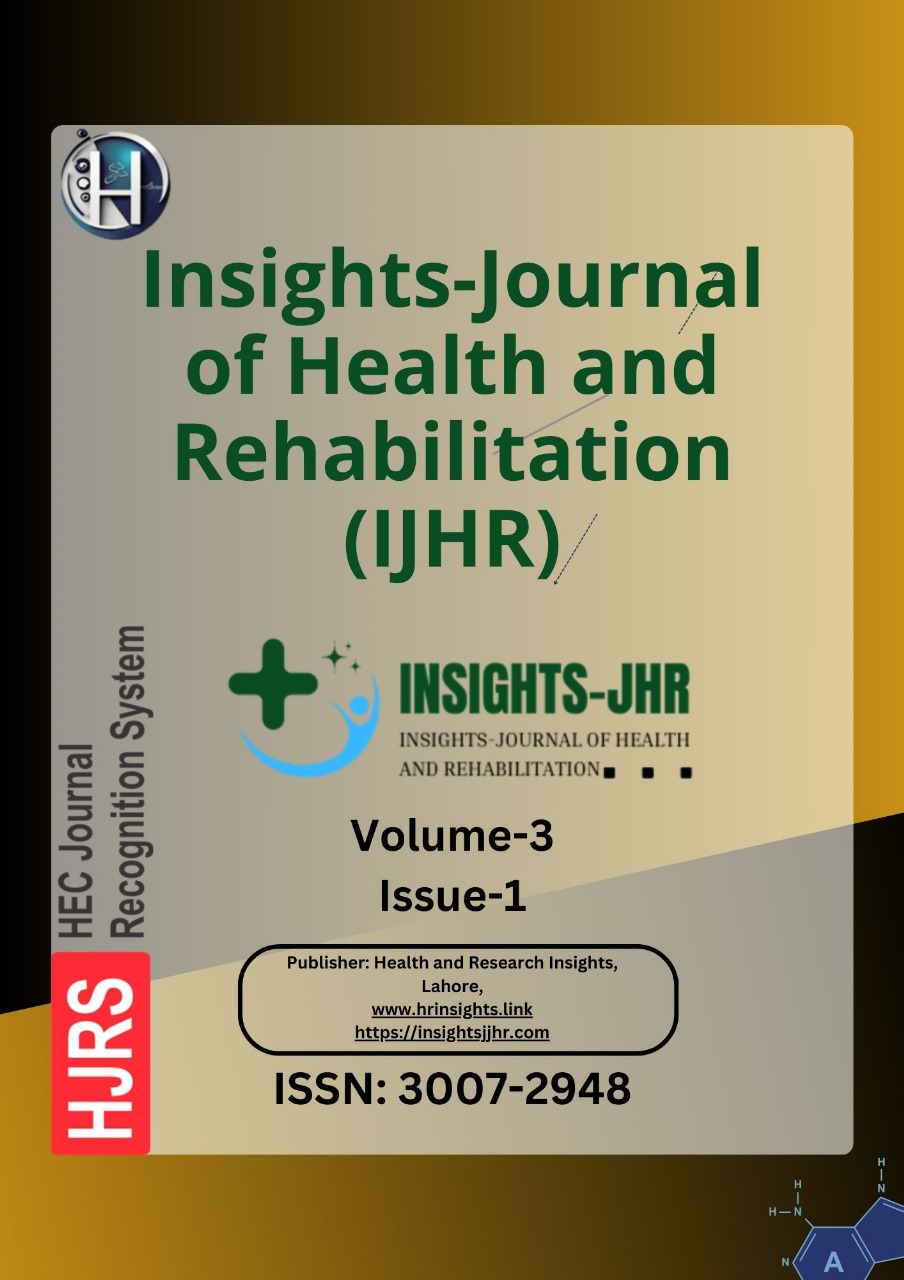DIAGNOSTIC ACCURACY OF CERVICAL LYMPH NODES ON ULTRASOUND TAKING HISTOPATHOLOGY AS GOLD STANDARD
DOI:
https://doi.org/10.71000/m7t7zq33Keywords:
Doppler ultrasonography, Fine-needle aspiration biopsy, Lymphatic metastasis, Lymph nodes, Neoplasm staging, Sensitivity and specificity, UltrasonographyAbstract
Background: Lymph node malignancies pose a significant diagnostic challenge, necessitating accurate and non-invasive methods for differentiation. Ultrasound, combined with Doppler indices and lymph node characteristics, has shown promise in malignancy detection, yet its specificity remains a concern. Fine-needle aspiration cytology (FNAC) serves as a confirmatory test, but its routine use is limited by invasiveness. This study evaluates the diagnostic accuracy of ultrasound in detecting lymph node malignancies by analyzing sonographic features, Doppler indices, and their correlation with histopathological findings.
Objective: To assess the diagnostic performance of ultrasound and Doppler indices in differentiating benign from malignant lymph nodes, using histopathology as the gold standard.
Methods: A cross-sectional analytical study was conducted on 180 participants (balanced by gender and diverse in age) presenting with palpable cervical lymph nodes. Clinical symptoms including pain, swelling, and fever were recorded. Ultrasound evaluation included lymph node size, short-to-long axis ratio, Resistive Index (RI), and Pulsatility Index (PI). Histopathological confirmation was performed through ultrasound-guided FNAC. Statistical analyses involved cross-tabulations, chi-square tests, and logistic regression to determine diagnostic accuracy, sensitivity, specificity, and predictive values.
Results: Swelling was the most common clinical symptom (74.4%), followed by pain (52.2%) and fever (31.1%). Ultrasound exhibited high sensitivity (88.9%), specificity (81.8%), positive predictive value (88.9%), and negative predictive value (81.8%) in malignancy detection. Lymph node shape correlated significantly with malignancy (p < 0.001). Logistic regression identified RI, PI, and lymph node shape as significant malignancy predictors, with a model accuracy of 88.1% and Nagelkerke R-Square of 0.72.
Conclusion: The integration of ultrasound, Doppler indices, and clinical assessment enhances the diagnostic accuracy of lymph node malignancies, reducing reliance on invasive procedures. A multimodal diagnostic approach improves early detection, aiding clinical decision-making and patient management.
Downloads
Published
Issue
Section
License
Copyright (c) 2025 Rimsha Iftikhar , Saima Haider , Awais Ur Rehman Qaiser (Author)

This work is licensed under a Creative Commons Attribution-NonCommercial-NoDerivatives 4.0 International License.







